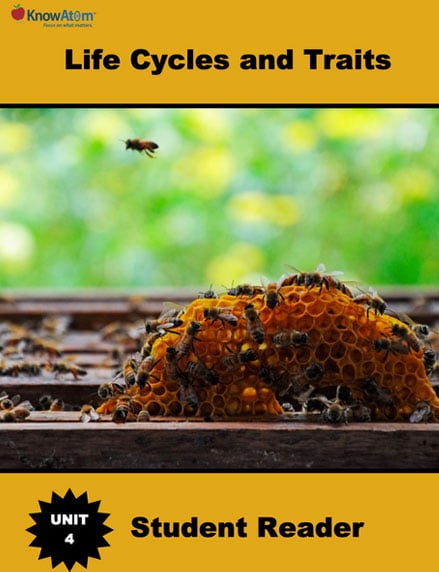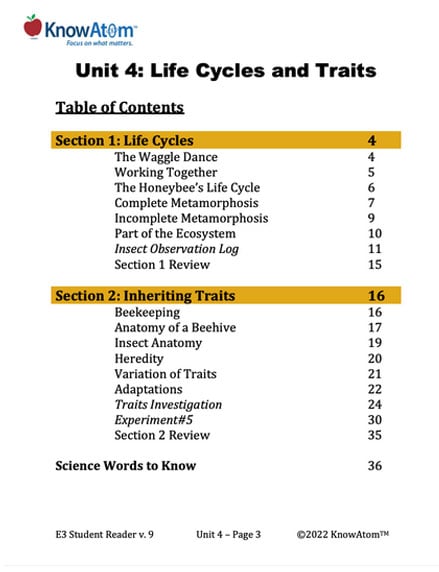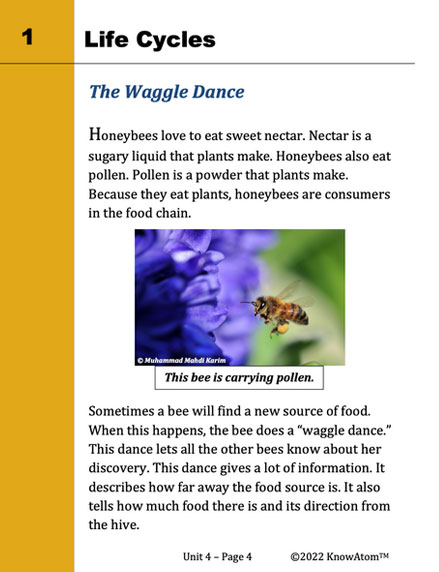Adaptation : a trait that helps an organism survive in its environment
Change : to make something different from what it is now
Function : the normal action of something or how something works
Heredity : the passing on of traits from parents to children
Inherit : to receive a trait from your parents or ancestors
Life Cycle : the series of developmental stages an organism passes through on its way from birth to death
Metamorphosis : a life cycle with a change from an immature form to an adult form
Reproduction : the ability of a mature organism to have offspring
Structure : the way in which parts are put together to form a whole
Trait : a physical or behavioral characteristic of an organism






.png?width=315&height=374&name=Screenshot%20(18).png)



